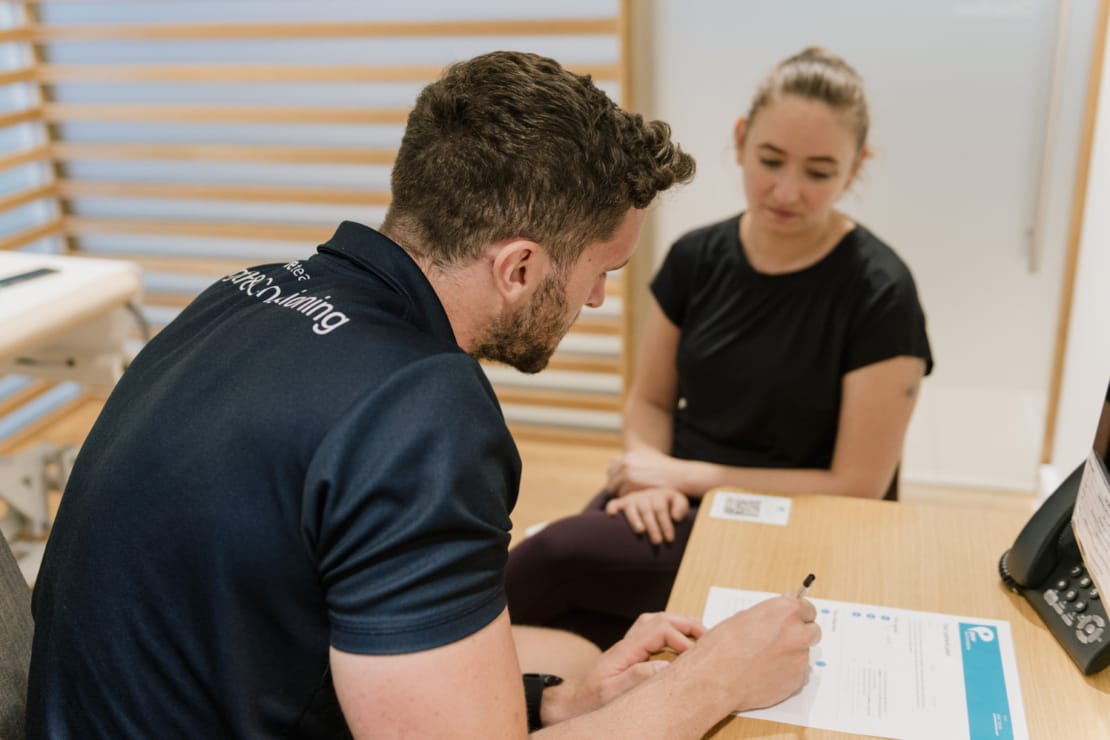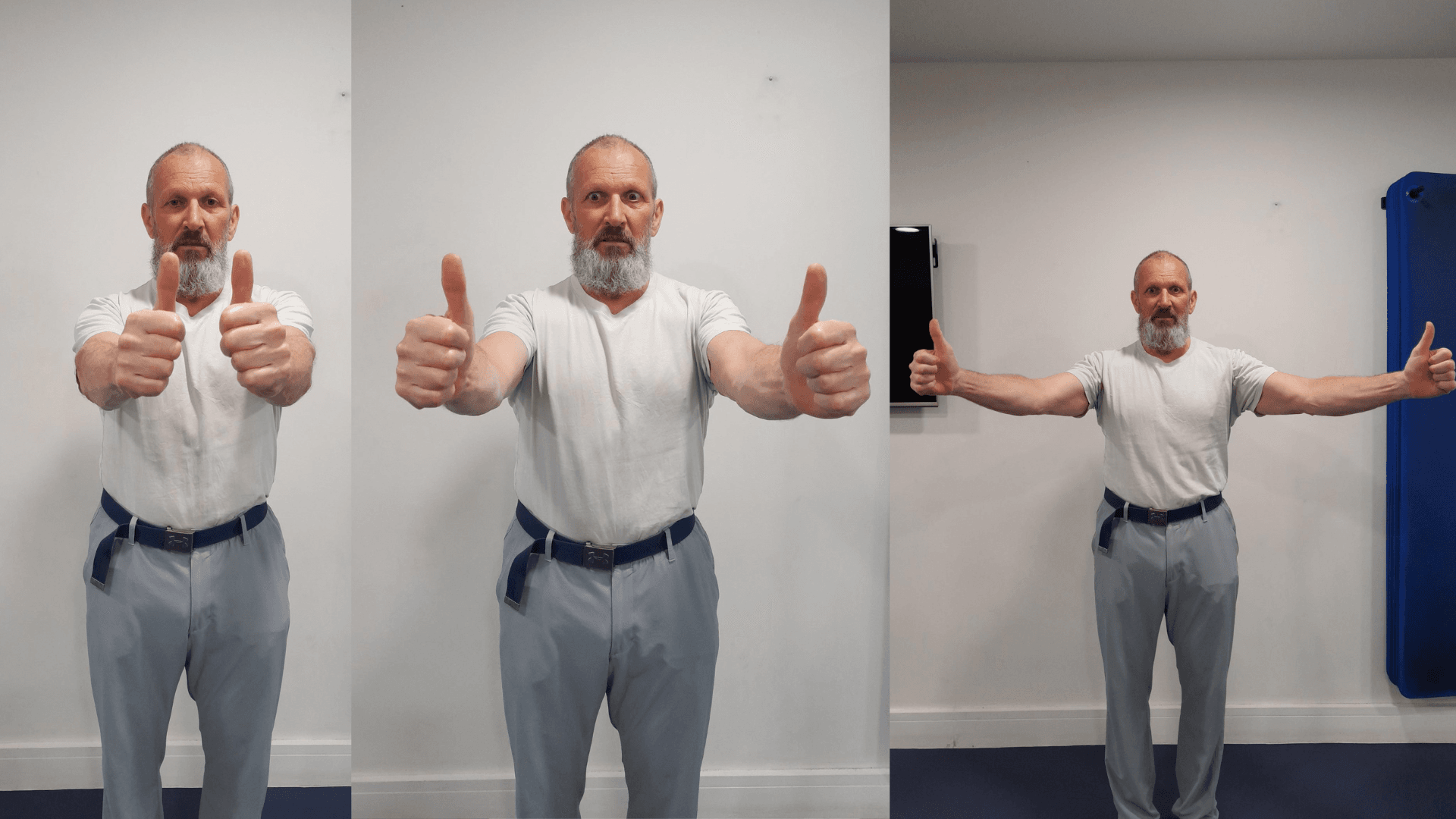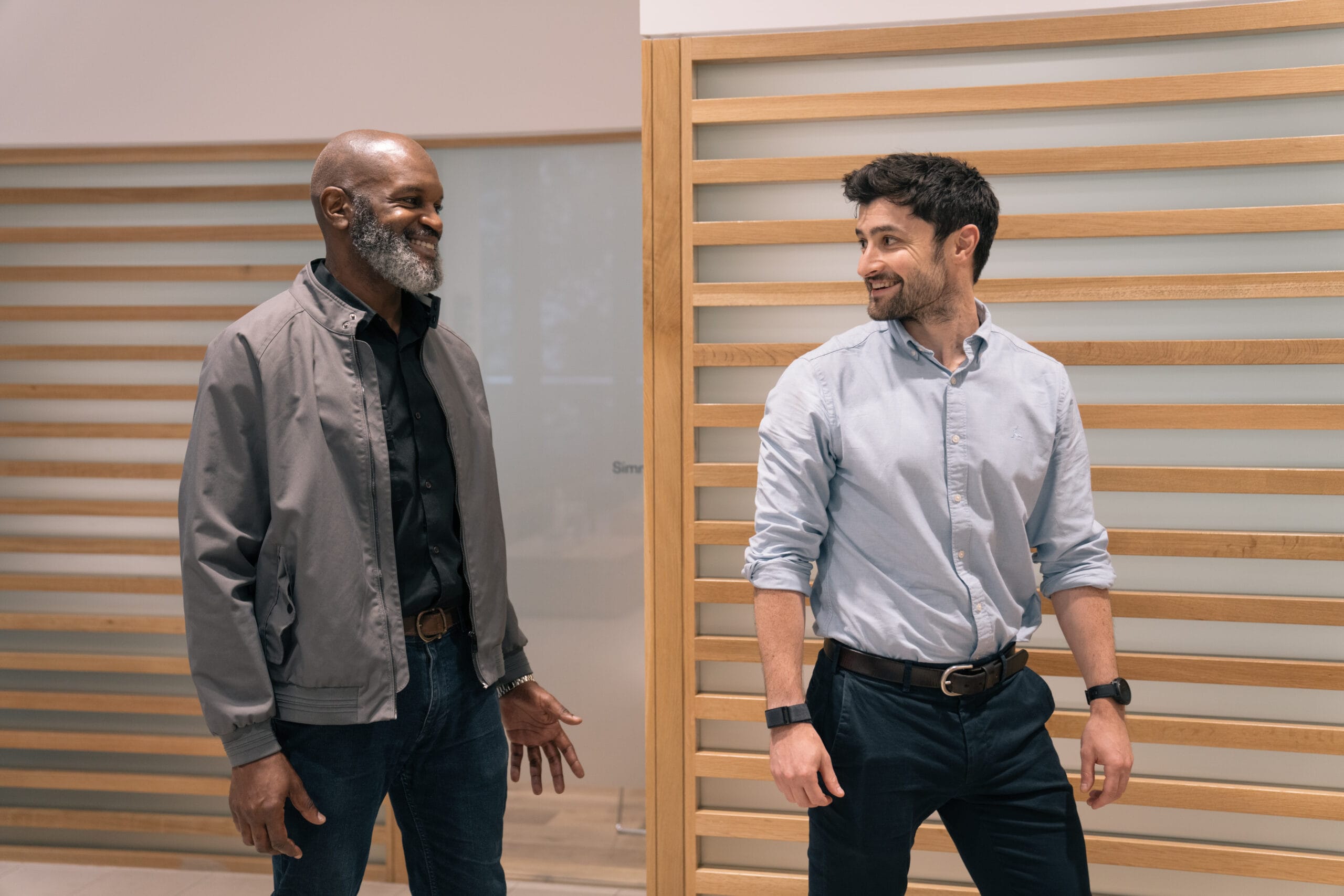Are You An Active Couch Potato?

Pure Sports Medicine
- 21 September, 2018
- Exercise
- 3 min read
An active couch potato describes the person that sits at work but is otherwise active. The typical city worker spends most of their day sitting. Sitting at work and sitting on their commutes. Then a burst of activity outside of work hours, the gym at lunch, a football game in the evening, a marathon at the weekend.

Recently, sedentary behaviour has been emerging as a potential health risk behaviour for premature mortality and chronic health conditions, even when physical activity is taken into account. Research has shown that chronic inactivity causes marked degeneration of virtually every measure of physical fitness and causes changes physiologically within your muscles. In the UK, 2.5 million people have back pain every day of the year, and sitting for prolonged periods is having an impact on this figure.
It’s importance to remember though that sitting itself isn’t harmful, the problem is we do so much of it. The burst of activity you do outside of work won’t necessarily counteract the hours you spend sitting at your desk.
Firstly, workstation assessments are a start. However, the importance of an extremely comfortable and ergonomic chair is slightly exaggerated. There isn’t such a thing as a perfect chair and no perfectly arranged workstation can protect you from the dangers of hours of sitting. The problem isn’t necessarily the position your body is in, but more so the lack of movement and there isn’t a chair that can solve that.
Standing to work has been gaining popularity as an answer to perils of sitting. However, at the same time, standing is still another form or prolonged immobility. So if you are using a standing desk make sure you still find that happy balance between sitting and standing.
The Key is Micro-Breaking
Micro-breaks are regular, small, breaks from being stuck in one position at work and is a way to keep moving and build a variety of movement into your normal working day. The current recommendations are to stand every 20 minutes, which may not always be practical in your work environment. I tend to tell my patients to stand up from their desk for a couple of minutes every 30 minutes, and then move around your office every hour (get a drink, go to toilet etc). Standing up, even if you do nothing else, changes how your body responds physiologically and getting up for a few minutes at a time can break the cycle
Find a way that suits you and your working environment. For example, go and talk to a colleague instead of sending an email, drink lots of water to make you go to the toilet, set ‘break’ reminders on your computer or an alarm on your phone, stand up every time you are on the phone… be inventive. It will be tough to start off with, but the more you build it into your normal daily routine the easier it will be, just like brushing your teeth.
What Else Can You Do?
1. Book an appointment with a Physiotherapist
Physiotherapists can help assess and address multiple factors that may be contributing to your pain, starting with postural education, manual therapy to help control your pain and restore movement through the muscles and joints and a strengthening based programme to help you manage your symptoms long-term.
2. Book an appointment with a Soft Tissue Therapist
Soft Tissue Therapists see a lot of office workers with neck, shoulder and back issues often caused not by activity but rather inactivity. A Soft Tissue Therapist can assess your posture and movement and use soft tissue techniques to help address these issues.
3. Exercise
David Johnson (Pilates instructor) recommends these simple exercises to do at your desk:
1) Standing Dumb Waiter

2) Eyes Follow Thumbs

3) Open The Windows

Both 2 & 3 will give the ankles, knees and hips some movement to counteract the stiffening of being sat stationary for so long.
None of these movements should be a strain, ease into them, make your colleagues watching you want to join in because it looks so good to do.
4. Get a workstation assessment
5. Educate your work colleagues and work together to promote a healthy working environment
And remember – get up and move, don’t be an active couch potato!

Advice
Over the last 20+ years our experts have helped more than 100,000 patients, but we don’t stop there. We also like to share our knowledge and insight to help people lead healthier lives, and here you will find our extensive library of advice on a variety of topics to help you do the same.
OUR ADVICE HUBS See all Advice Hubs
